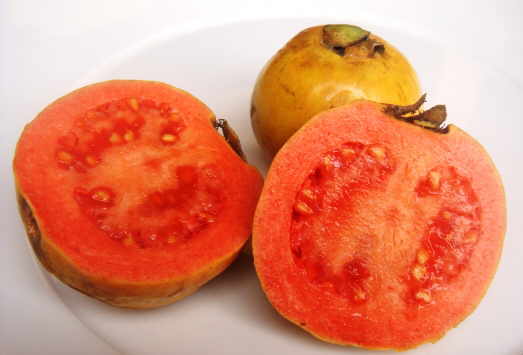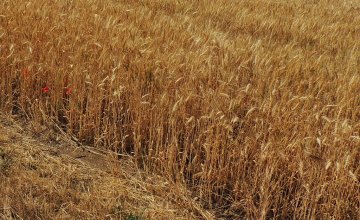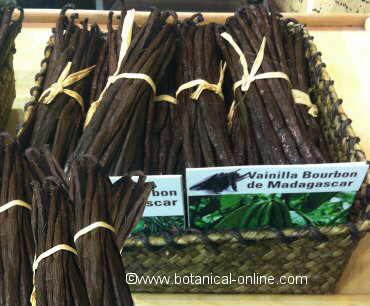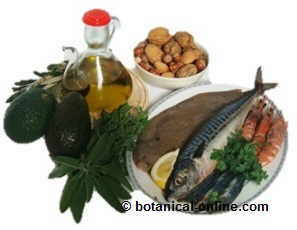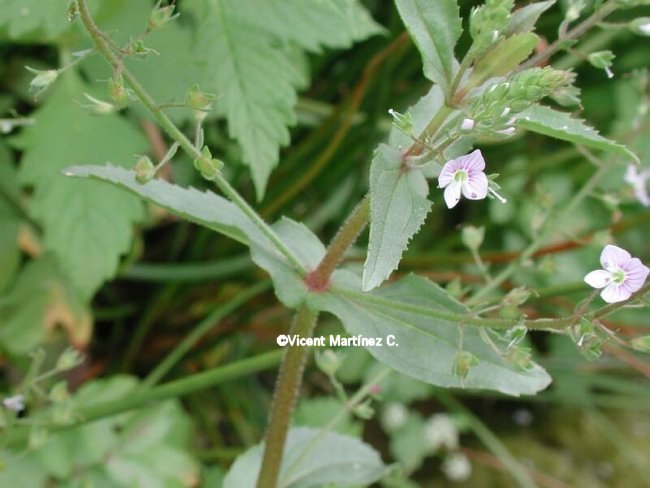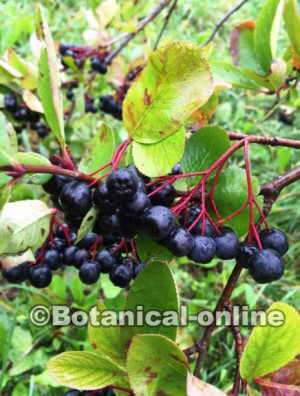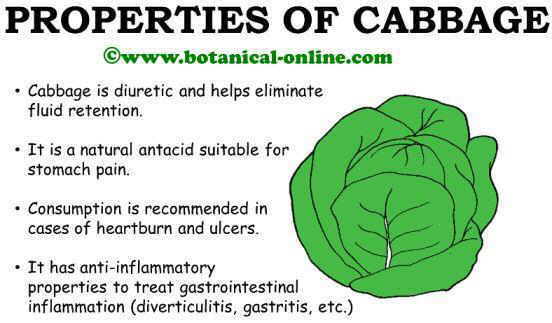Contents
- 1 How to stratify the seeds
- 1.1 What is the stratification of the seeds?
- 1.2 What is seed stratification used for?
- 1.3 Types of seed stratification
- 1.4 What is cold stratification?
- 1.5 Cold stratification of seeds inside the house
- 1.6 Cold stratification of seeds in the garden or in the field
- 1.7 Warm stratification, warm temperature stratification
- 1.8 Seed stratification inside the house
- 1.9 Double stratification, warm-cold
How to stratify the seeds
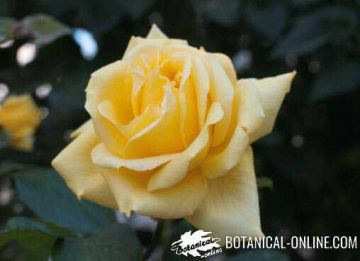
What is the stratification of the seeds?
Many seeds in their natural environment only bloom after being subjected to periods of different temperatures. Stratification is a technique that consists of mimicking the temperature of the seeds in their natural environment.
What is seed stratification used for?
Stratification is a gardening technique used to reproduce plants from seeds so that germination success is possible. Stratification must be used previously to seed sowing.
Types of seed stratification
There are the following ways to stratify the seeds:
- Cold stratification
- Warm stratification
- Warm-cold stratification
No matter what method you use, you must take into account:
- Go checking the seeds to see if they start to germinate.
- When the seeds break the cuticle and the radicle arises from within the seed, the seeds can already be sown.
What is cold stratification?
It is the one that is done when the seeds need to be affected by low temperatures in order to germinate. In nature this occurs when winter comes. After one or several hibernal periods, the seeds get germination.
In agriculture, gardening or horticulture, this process can be carried out forcefully a few weeks before the planting period to achieve the same effects that occur in nature.
Cold stratification of seeds inside the house
The following methods can be used for cold stratification of seeds, inside and outside the home:
- Insert the seeds in a plastic bag.
- Spray the seeds with some natural or chemical disinfectant. (See seed disinfectants).
- Introduce the seeds in a substrate based on disinfected sand. (It is better to buy previously disinfected sand in a trusted place than to disinfect it at home).
- Spray the sand with the seeds with water with the help of a sprayer.
- Enter in the refrigerator at a temperature between 1-5ºC for a period that can range between 4-12 weeks.
Cold stratification of seeds in the garden or in the field
At the beginning of winter, introduce the seeds in a can, in which some perforations have been previously made. In the case of very large seeds or those that are very difficult to germinate, a soaking or scarification process can be carried out previously.
- Spray the seeds with a chemical or natural seed disinfectant.
- Add disinfected sand to the seed pot in a proportion of 3 parts of sand per 1 part of seeds. As an additional method you can wrap the seeds in cotton cloth and surround them with sand. This type of technique generally speeds up the germination process. Fertilizer should not be incorporated into the substrate.
- Dig a hole about 60 cm deep in the garden or in the field. Bury the boat in the hole and cover with dirt. Clearly indicate where you are buried.
- Every four weeks check the state of development of the seeds. When the seeds break the cuticle and the radicle arises from within the seed, the seeds can already be sown.
Warm stratification, warm temperature stratification
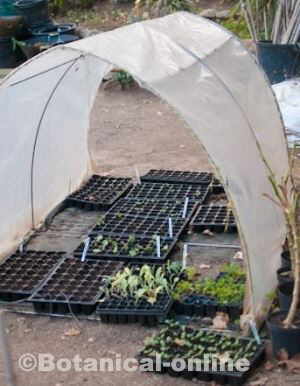
It is the one that is carried out when the seeds need to be affected by high temperatures in order to germinate. In nature this occurs when spring or summer arrives.
In agriculture, gardening or horticulture, this process can be carried out forcefully a few weeks before the planting period to achieve the same effects that occur in nature.
Seed stratification inside the house
This type of stratification is carried out inside a greenhouse or a room in our house, which are the only places where a higher temperature can be maintained in a constant way than the outside temperature. For this, the following method can be used:
- One week before the planting season, introduce the seeds in a plastic bag. In the case of very large seeds or those that are very difficult to germinate, a soaking or scarification process can be carried out previously.
- Spray the seeds with some natural or chemical disinfectant.
- Introduce the seeds in a substrate based on disinfected sand. (It is better to buy previously disinfected sand in a trusted place than to disinfect it at home). As an additional method you can wrap the seeds in cotton cloth and surround them with sand. This type of technique generally speeds up the germination process. Fertilizer should not be incorporated into the substrate.
- Spray the sand with the seeds with water with the help of a sprayer.
- Leave in a warm and dark place in the house, with a temperature between 20 and 25ºC, during a period that can range between 4 – 12 weeks.
Double stratification, warm-cold
It is the one that is done when the seeds need to be affected by warm temperatures and then cold temperatures to germinate. In nature this occurs for certain seeds that reach maturation in summer and germinate during autumn.
In agriculture, gardening or horticulture, this process can be carried out by subjecting the seeds first to a warm stratification for a period of 30 to 90 days and then to a cold stratification for a period of 30 to 60 days.
* Related information:
– How to disinfect seeds before sowing
![]() More information on seeds
More information on seeds

